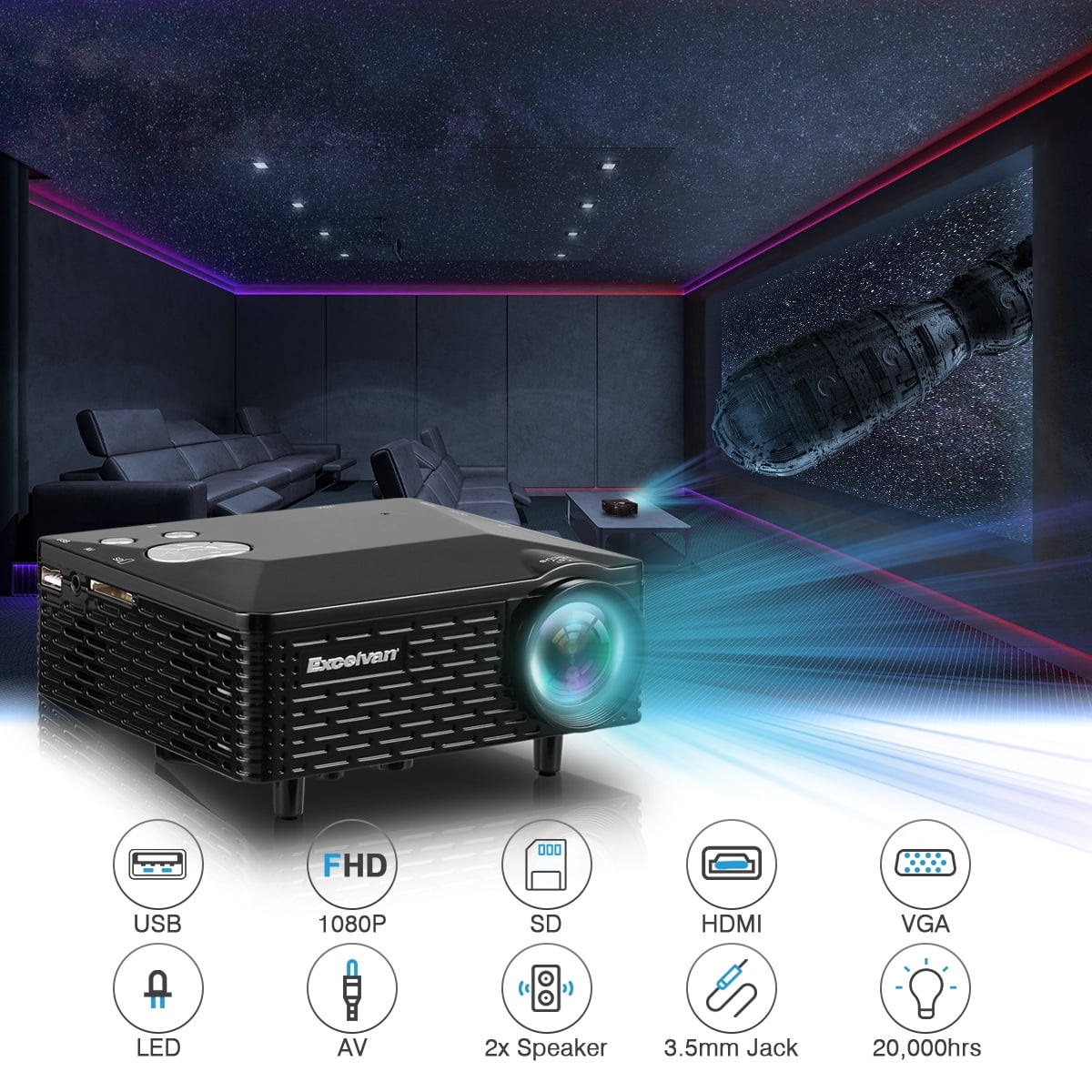

You can't access inputs directly but at least you can disable the ones you aren't using so you don't have to scroll through them. Mitsubishi's recent sets take the prize there.

Scrolling through digital channels in the Sony isn't fast. You can hide channels you don't watch which eliminates scrolling through them. You can assign up to 16 favorite channels.
#DLP REAR PROJECTOR TV TV#
TV Guide on Screen also provides program listings for regular cable TV and over-the-air broadcasts. CableCARD capability isn't unusual, but TV Guide on Screen, needed for getting the program guide that the cable company can't transmit via CableCARD, is. That's unusual and could be very useful for future connectivity. And SXRD uses a native 1920x1080p imaging chip, while DLP RPTVs use the 960x1080 "Smooth Picture" chips that rapidly pixel-shift horizontally to display 1920x1080 on the screen. It's worth mentioning that unlike competing DLP sets, Sony's SXRDs are three-chip rear projectors with no color wheel.
#DLP REAR PROJECTOR TV SERIES#
There's lots of good information about to come your way, and also guidance if you can't decide between the XBR2 series and Sony's less expensive SXRDs. Don't just jump to the end of the review hoping to find out. Has Sony solved this industry-wide problem? Is the XBR2 really better than the SXRD sets that came before? But most important, is the XBR2 the best self-contained HDTV you can buy this year, regardless of technology and price. You'll clearly see this with pans across the grass of athletic playing fields. First, it's claimed to be brighter (it uses a new, less expensive bulb) and second, that it "captures movement with unprecedented accuracy." Now isn't that interesting? The one annoying artifact I've noticed constantly with current HD displays is a severe blurring of detail during pans. The styling didn't change (unless you opt for the new 70" version) so I was wondering if the 60" KDS-R60XBR2 ($3,799) reviewed here was just a repackaged XBR1.īut reading over the Sony product description of the XBR2, several points caught my eye.
#DLP REAR PROJECTOR TV 1080P#
One expected change was its ability not only to display 1080p, but also to accept 1080p from new Blu-ray Disc players. Now, here we are a model year later, and the XBR2 series is starting to hit the showrooms. These sets truly put the last nail in the coffin of CRT-based RPTVs. These XBR1 series three-chip SXRD sets had nearly everything going for them and seemed to fly out of showrooms and into the homes of discerning videophiles. No other RPTV could match it, and of course, no flat panel plasma or LCD set could even approach it when it came to dark scene beauty and detail. Using Sony's dynamic iris system, these RPTVs produced deep blacks and stunning contrast like never before for a non-CRT "microdisplay". Sony's rear-projection 1080p SXRD sets really lit a fire under the HDTV market last year.


 0 kommentar(er)
0 kommentar(er)
